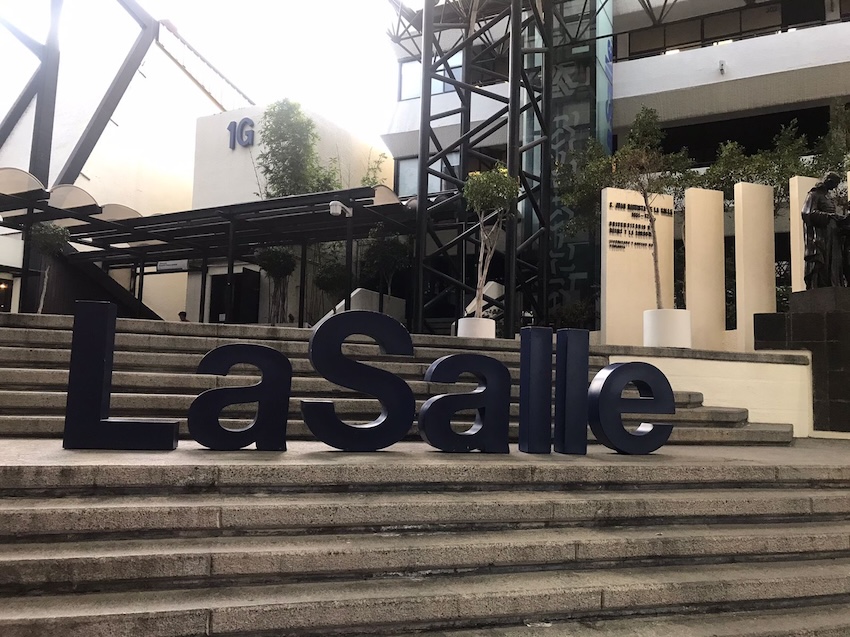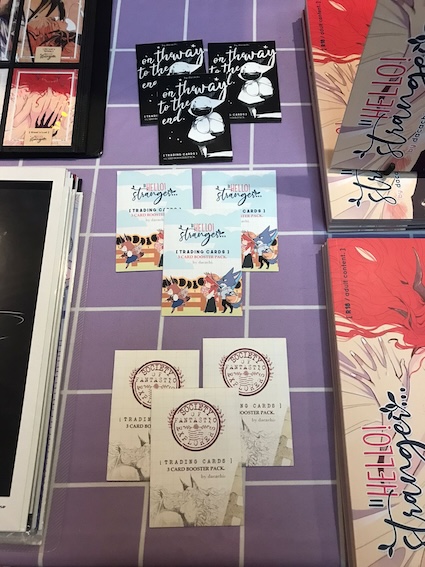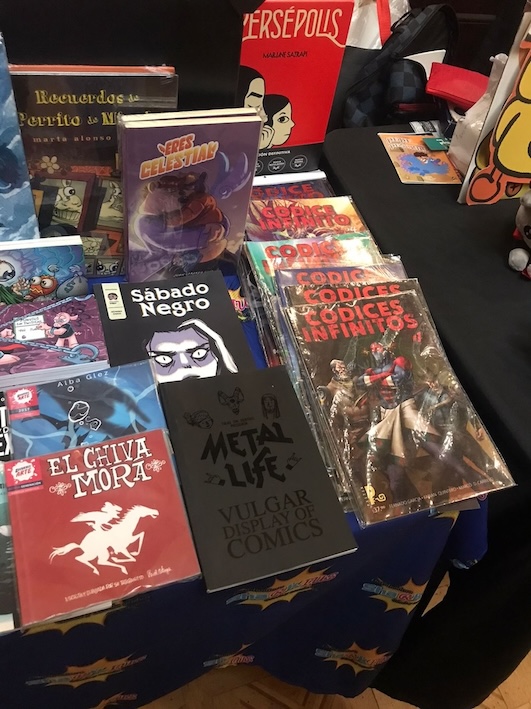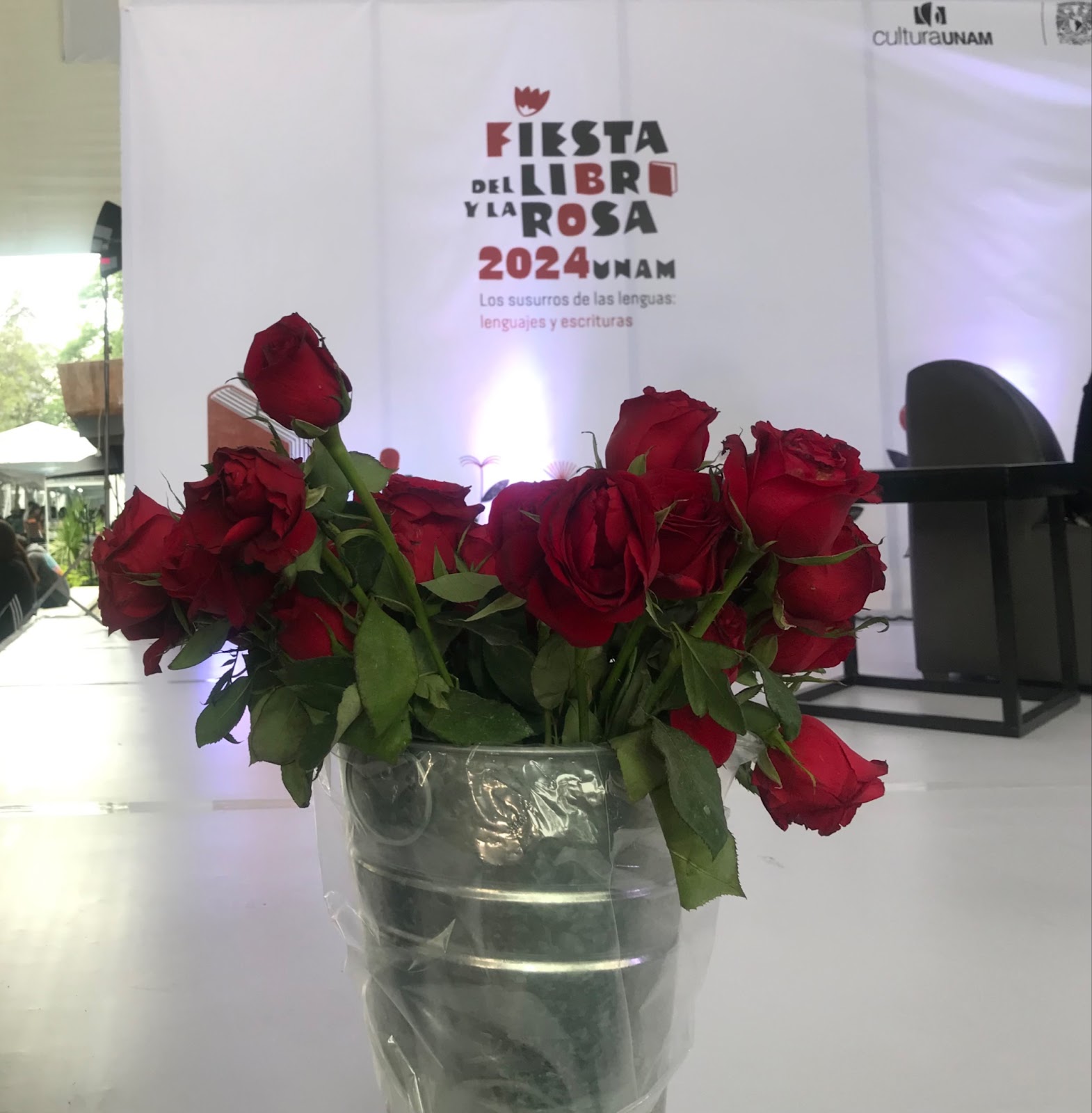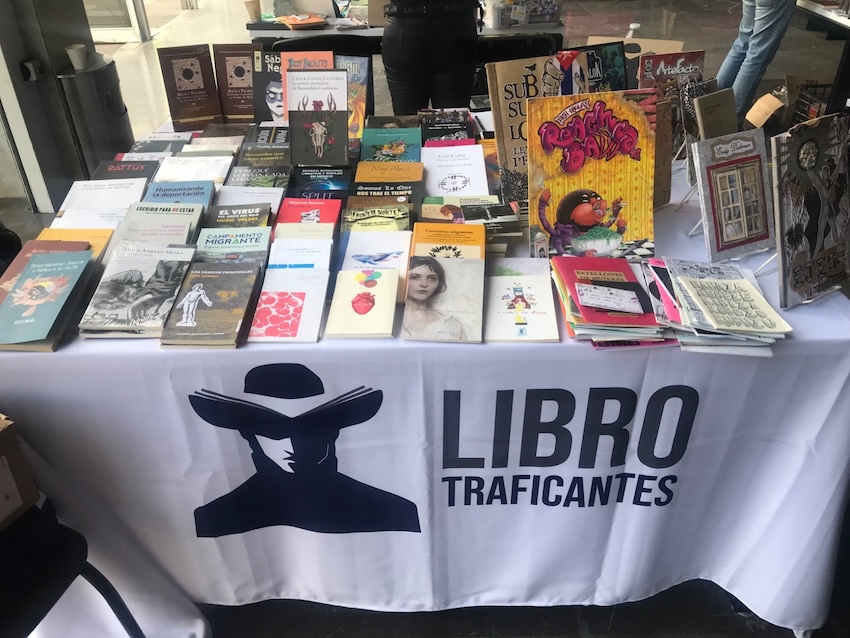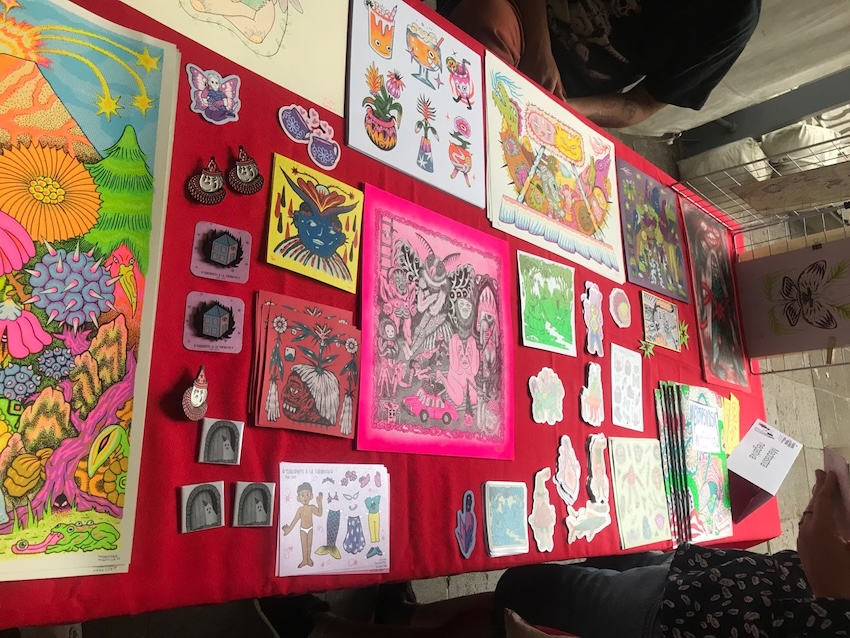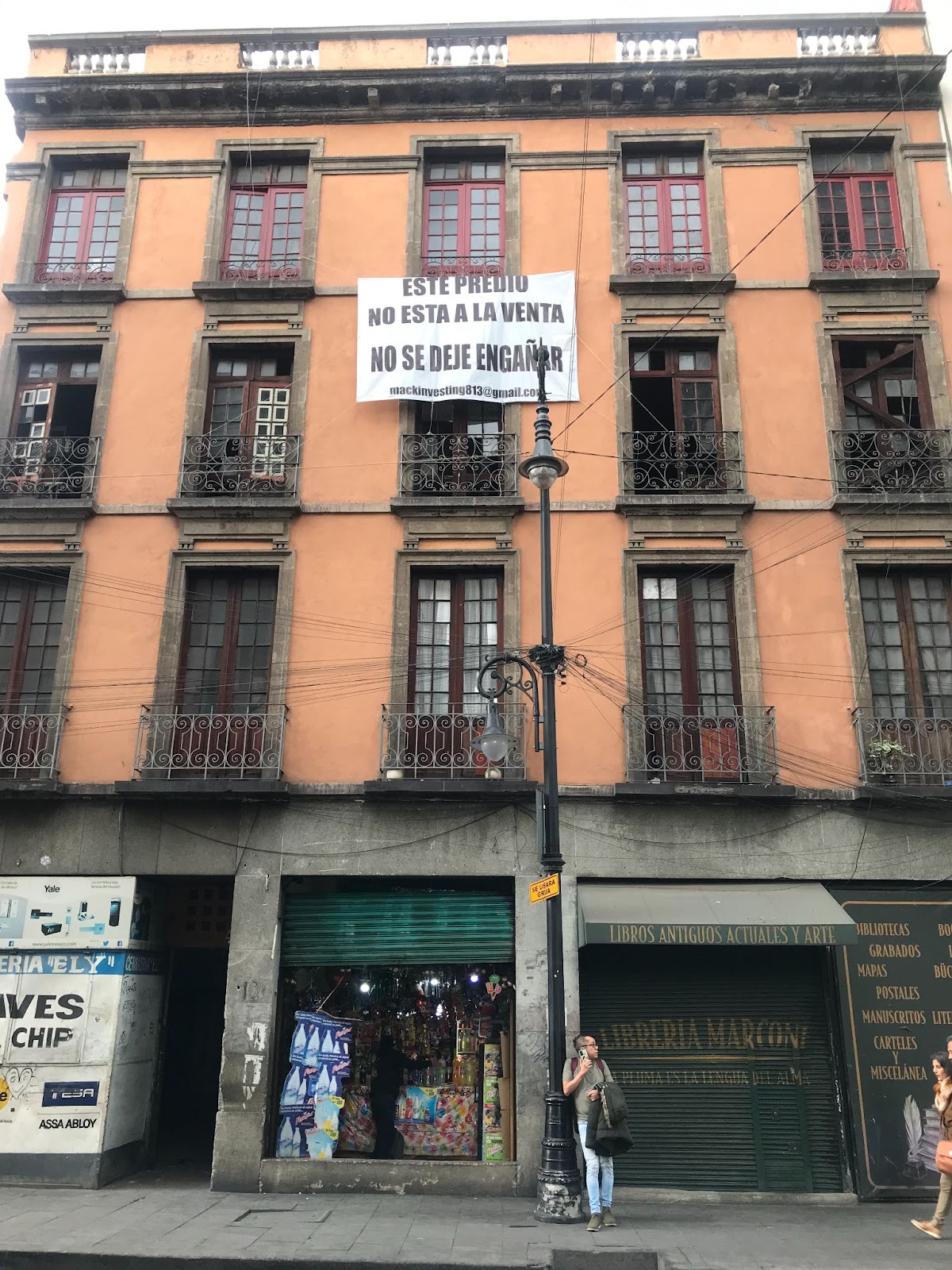Under its mission to provide humanist education focused on teaching, research, and innovation, La Salle Universityhosted its annual La Salle University Book Fair. The event took place between August 20 and 28 across its three locations in Mexico City—Condesa, Santa Teresa, and San Fernando. This year’s theme, “The Library and its Digital Footprint in the Age of Artificial Intelligence,” highlighted the evolving role of AI in education and research.
The fair catered primarily to university students, high schoolers, researchers, and academics, offering them a unique opportunity to explore titles relevant to their fields. The fair featured over 20 stands, showcasing a wide range of books and materials for the attendees. Some notable exhibitors included Editorial Paidotribo and Luka y Gika, with their focus on educational material, Plot México for architecture enthusiasts, and El Sótano, which brought a selection of young adult literature.
A variety of genres were represented as well. Trópico de Escorpio offered social novels and Latin American narrative, while Páramo Libros, an Argentinian publisher, brought works on Slovenian philosophy and film analysis. Libro Traficantes stood out with its diverse collection, covering important social issues like migration and deportation, alongside counterculture fanzines.
Throughout the event, announcements in Spanish, English, and French kept visitors informed of the many activities offered, including workshops, readings, panel discussions, and book presentations. One of the most anticipated sessions was the presentation of “Apuntes de historia de la filosofía del derecho en México” by Dr. Ramón Ortega García, aimed at law students but open to the general public. The book emphasized the role of philosophy in shaping Mexican law and explored the importance of its study in understanding Mexico’s current social, economic, and political context, particularly in relation to the reform of the judicial system.
The fair’s theme of AI was reflected in discussions like “Challenges of Modern Computing Technologies for Studying Medicinal Plants” and “AI Literacy: Using Chatbots.” These interactive sessions allowed attendees to engage with experts through questions and new ideas. Additionally, featured readings, such as the Bilingual Poetry Reading in Spanish and Ladino and the shared reading of Pride and Prejudice, brought literature to life for all participants.
The La Salle University Book Fair continues to be a vital space for sharing knowledge and diverse perspectives, blending traditional education with the modern challenges of technology and artificial intelligence.
Inkitt: BbyKevs
Wattpad: @SugoiKevs
TikTok: @bbykevs



